802.11n is a technology developed on top of 802.11g and 802.11a. The biggest feature is the rate increase. The theoretical rate is up to 600Mbps (currently the mainstream is 300Mbps). 802.11n can operate in both 2.4GHz and 5GHz bands.
Wi-Fi Alliance's 802.11a/b/g behind a wireless transmission standard protocol, in order to achieve high-bandwidth, high-quality WLAN services, enabling wireless LAN to reach the performance level of Ethernet, 802.11 task group N (TGn) came into being . The 802.11n standard was officially approved by the IEEE until 2009, but there are many vendors using MIMO OFDM technology, including Huawei, Tenda, TP-Link, D-Link, Airgo, UbiquiTI, Bermai, Broadcom, and Agere Systems, Atheros. Cisco, Intel, etc., products include wireless network cards, wireless routers and so on.
Introduction to 802.11acIEEE 802.11ac, an 802.11 wireless local area network (WLAN) communication standard, communicates through the 5 GHz band (also known for its name). In theory, it can provide up to 1 Gbps of bandwidth for multi-drop wireless LAN communication, or a single connection transmission bandwidth of at least 500 Mbps.
802.11ac is the successor to 802.11n. It adopts and extends the concept of air interface derived from 802.11n, including: wider RF bandwidth (up to 160MHz), more MIMO spatial streams (up to 8), multi-user MIMO, and higher order modulation (modulaTIon) (up to 256QAM).
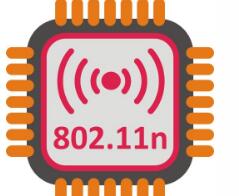
802.11ac has four major technology evolutions compared to 802.11n: wider bandwidth bundling, more spatial streams, more advanced modulation techniques, and more flexible MIMO mechanisms.
First, channel binding
A simple and efficient way to increase the speed of radio transmission is to give it more frequency or bandwidth. In the 802.11a/b/g era, the channel is only 20MHz. In order to obtain more bandwidth, 802.11n introduces channel bonding technology. Two 20MHz channels are bundled together. Today 802.11ac can support 80MHz channels, that is, bind 4 channels, and can support up to 8 channels, so that the entire channel can reach 160MHz. If the spectrum resources are compared to roads, the 802.11a/b/g era seems to be a single lane with limited carrying capacity, and by the 802.11n era it has developed into a two-lane road, which greatly increases the traffic, while 802.11ac can reach 8 lanes. The ability can be imagined (as shown in Figure 1).

Figure 1 802.11ac theoretical bandwidth up to 160MHz
On the surface, the way of channel bonding can bring higher speeds, but in China there is a real problem that must be solved - the spectrum resources in the 5GHz band are limited. In North America, the 2.4GHz band has a bandwidth of 83.5MHz (three non-overlapping channels), while the 5GHz band can carry six times the traffic of 2.4GHz, and the 5GHz band environment is relatively ideal. In China, the available resources in the 5GHz band before 2012 are only 100MHz (5725-5825MHz), which means that there is only one available channel (80MHz) in the 802.11a standard. If you want to implement cellular deployment, there are not enough channels available ( as shown in picture 2). With the official publication of the Ministry of Industry and Information Technology on the 5GHz band at the end of 2012, the above problems have been alleviated. The Ministry of Industry and Information Technology has clearly released the use of the 5150-5350MHz frequency band and is considering further opening up more spectrum resources. This means that under the 802.11ac standard, the existing spectrum resources can guarantee at least three 80MHz channels that are not interfered with each other. This measure of the Ministry of Industry and Information Technology will greatly accelerate the commercial process of 802.11ac, and it is also a symbol of the country's efforts to promote wireless. .
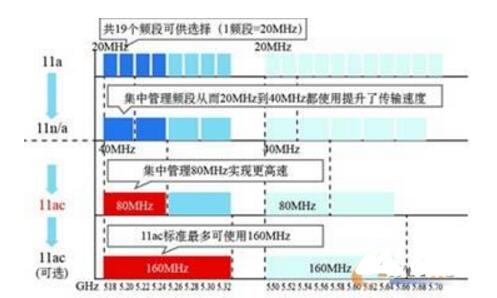
Figure 2 Channel division under different standards
Second, 8 channels of data flow
802.11ac inherits 802.11n MIMO technology and uses multi-antenna technology to increase data throughput without consuming more bandwidth and increasing transmission power. This approach spreads energy across multiple antennas, allowing more data to be transmitted per Hertz, while total energy consumption remains constant, while multi-antenna design adds reliability. Similarly, using the road as an analogy, if channel bonding only increases the number of lanes on a certain road, MIMO technology increases the number of roads, which also greatly improves the load capacity of the road and can pass more traffic. (As shown in Figure 3).
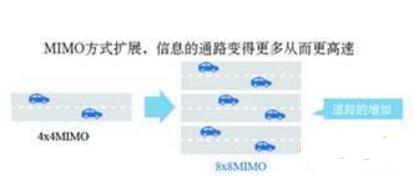
Figure 3 802.11ac MIMO mode theory up to 8 spatial streams
The 802.11n theory can support up to four data streams, while 802.11ac can support eight data streams. In the 802.11n standard commercial process, it took the chip manufacturer about two years to add one channel of data stream. The commercial chip only achieved three channels of data flow. Due to cost and actual performance, the 4-way space stream Commercial chips have not been available, and it is more difficult to implement 8-way data streams. The commercial chips are still dominated by 3-way spatial streams.
Third, 256QAM modulation technology
The 802.11ac technology is also implemented by physically increasing the signal carrying density. At the signal modulation level, 802.11n uses 64QAM, while 802.11ac achieves 256QAM. The QAM transmit signal set is generally represented by a constellation diagram. Each constellation point corresponds to one signal. The more constellation points, the larger the amount of information transmitted. The common forms are 16QAM, 64QAM, 256QAM, and the 802.11ac protocol standard uses 256QAM. Therefore, the amount of data carried by a single carrier can reach 8 bits, and 802.11n can only reach 6 bits, so the throughput also increases (as shown in FIG. 4).
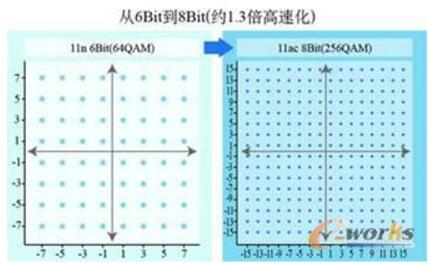
Figure 4 Constellation diagram of 64QAM and 256QAM
In terms of image, the transportation of vehicles on the road in the 802.11n era is a small car, and now the 802.11ac era has become a large truck, and the transportation capacity is naturally larger than before (as shown in Figure 5). However, the new modulation scheme increases the number of bits carried by a single carrier, and also increases the complexity of modulation. In practice, the requirements for signal stability and anti-interference are higher, and better professional wireless planning and implementation are required. experience.

Figure 5 256QAM modulation technology to improve the amount of single carrier data
Fourth, multi-user MIMO (MU-MIMO)
One of the most anticipated technologies in the evolution of 802.11ac technology is multi-user MIMO (MU-MIMO). This is because it will increase the number of terminals for a single AP wireless access and alleviate the historical problem of high-density deployment. . In 802.11n technology, MIMO is only allowed to be used by a single user at the same time, and 802.11ac can support multi-user MIMO, which means that a single 802.11ac AP can transmit different data streams to two or more devices. We can imagine the situation when taking the expressway through the toll booth. No matter the number of lanes in the road, if the number of checkpoints is insufficient or inefficient, it will cause traffic jams. Similarly, the technology described above only improves the carrying of highways. MU-MIMO will be the key technology to improve the efficiency of the toll booth. Unfortunately, the current first generation 802.11ac chip does not support this feature, the second generation chip will be launched at the end of 2014, then will support MU-MIMO.
In general, 802.11ac will bring great innovation to the Wi-Fi market in the future. The new technology will bring a new Wi-Fi experience. 802.11a/b/g will become a history, and 802.11n will gradually Become mediocre, 802.11ac will become the dominant WLAN market.
The difference between 02.11ac and 802.11nFrom a core technology perspective, 802.11ac is built on top of the 802.11a wireless Wi-Fi standard, including the 5GHz band that will use 802.11a. However, in the channel setting, 802.11ac will follow 802.11n MIMO (Multiple Input Multiple Output) technology, laying the foundation for its transmission rate of 1Gbps.
The operating frequency of each channel of 802.11ac will be increased from 80MHz of 802.11n to 80MHz or even 160MHz. Together with about 10% of the actual frequency modulation efficiency, the final theoretical transmission speed will jump from 802.11n's highest 600Mbps to 1Gbps. Of course, the actual transmission rate may be between 300 Mbps and 400 Mbps, which is close to the current 802.11n actual transmission rate (currently the actual transmission rate of 802.11n wireless routers is between 75 Mbps and 150 Mbps), which is sufficient for simultaneous transmission of multiple channels on one channel. Compress the video stream.
In addition, 802.11ac will be backward compatible with all existing and upcoming standards and specifications of the 802.11 full range, including the upcoming 802.11s wireless mesh architecture and 802.11u. In terms of security, it will fully comply with all the content of the 802.11i security standard, enabling wireless Wi-Fi to meet the needs of enterprise users in terms of security.
According to the implementation goals of 802.11ac, 802.11ac will help enterprises or homes to seamlessly roam in the future, and support the security, management and diagnostic applications of Wi-Fi products during roaming.
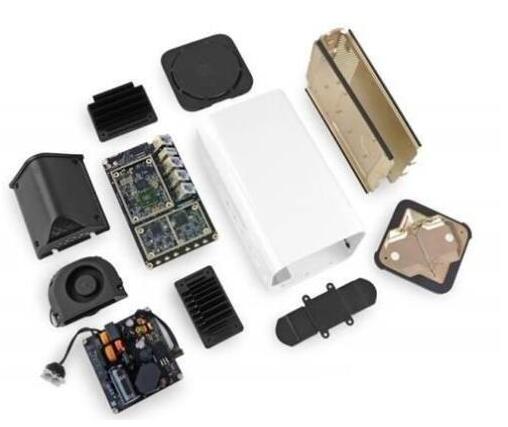
802.11ac will get faster and faster, and as we mentioned earlier, the theoretical maximum of 802.11ac can reach 7Gbps. Although it does not really reach the theoretical maximum in real life and applications, if the download speed is increased to 2Gbps in the next few years, you should not be surprised that the download speed of 256mb/sec will become very mainstream.
Now, more and more hardware device manufacturers are looking for products that can really play the potential of 802.11ac. Broadcom, Qualcomm, MediaTek, Marvell and Intel are all preparing to work on the 802.11ac standard. On the other hand, the IEEE draft specification has gone through several rounds of voting, and Greg Ennis of the Wi-Fi Alliance said that the final IEEE decision is expected to be in early 2014. So, if you see more and more 802.11ac products coming into the market from now on, don't doubt, this is the future trend.
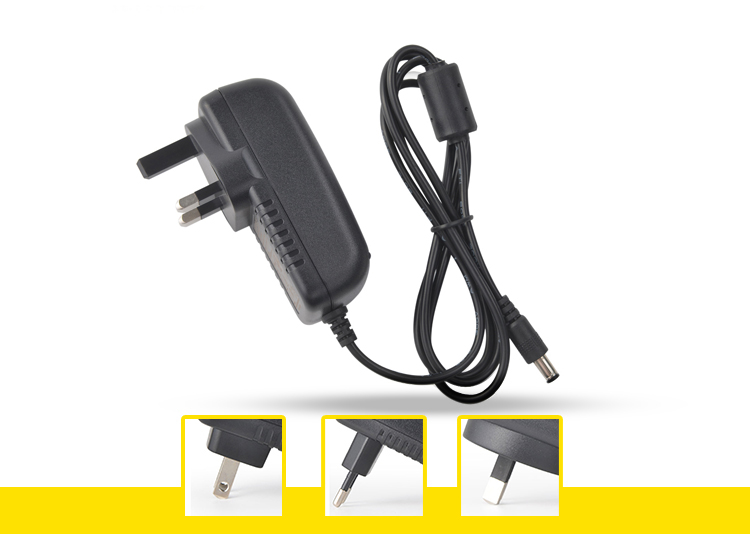
About this item
- 9V Switching wall charger
- 110V input voltage / 9VDC 1A/2A/3A... output voltage
- For use with Arduino Uno, Mega and MB102 Power supply boards
- Connector size: 5.5 x 2.1mm/5.5*2.5mm...
- Center or Tip is positive, sleeve is negative
9v wall charger,AC Power Supply Wall Plug,Wall Adapter Power Supply,9V Power Adapter,ac 50/60hz power adapter,Wall Adapter Power Supply - 9VDC,100-240v converter switching power adapter
Shenzhen Waweis Technology Co., Ltd. , https://www.szwaweischarger.com